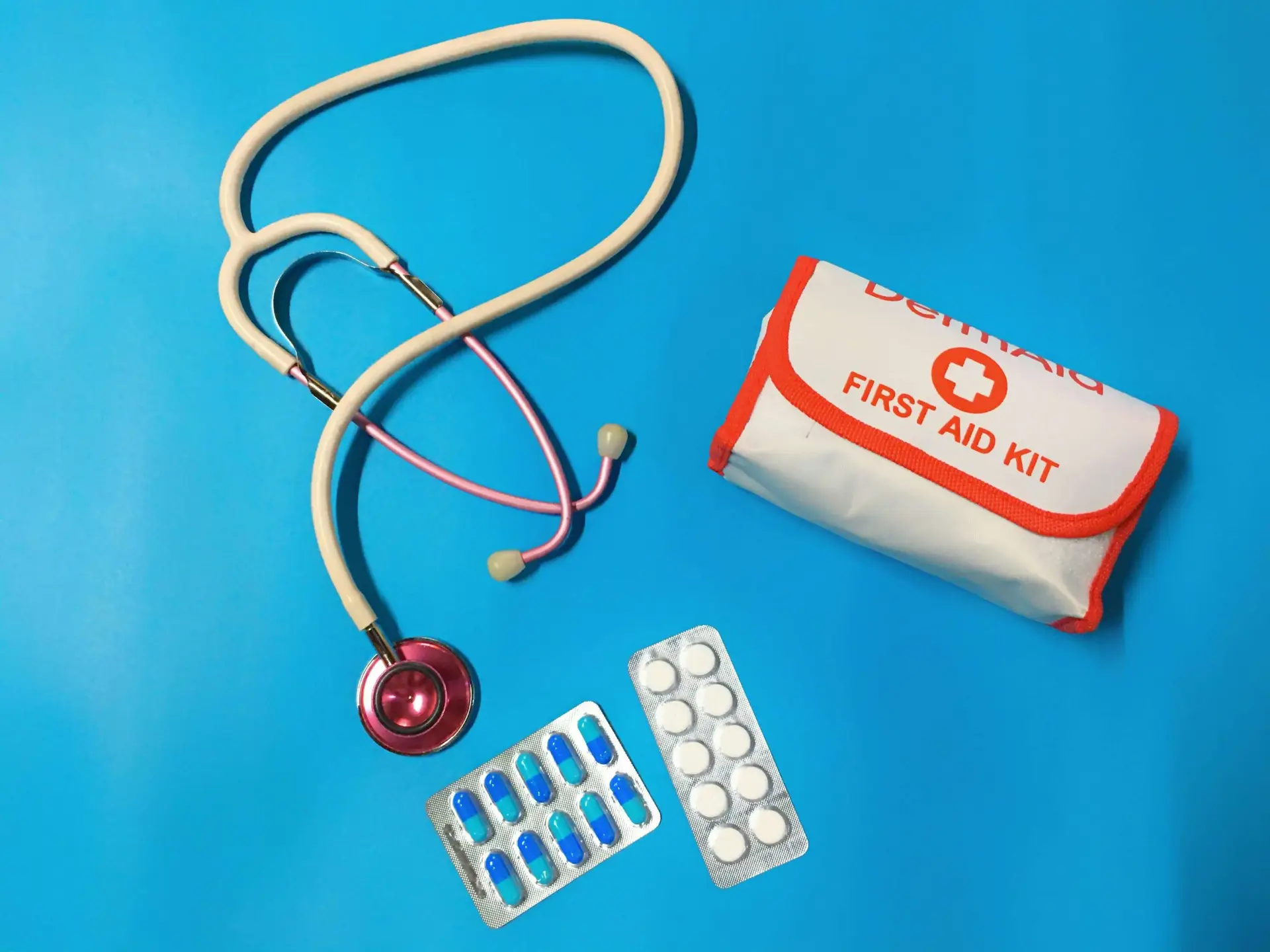Accidents happen. Whether it’s a kitchen mishap, a playground tumble, or an unexpected allergic reaction, knowing how to respond can make a world of difference. This guide is your go-to resource for managing common household emergencies. This home first aid guide covers essential first aid techniques, must-have items for your first aid kit, and tips for handling specific injuries and emergencies.
Basic First Aid Tips and Techniques
Understanding CPR
Cardiopulmonary resuscitation (CPR) is crucial in life-threatening situations like cardiac arrest. Knowing how to perform CPR can double or triple a person’s chance of survival. Start by checking for responsiveness and breathing. If there’s no response, call 911 immediately. Begin chest compressions by placing your hands on the center of the chest and pressing down hard and fast, at least 100 to 120 compressions per minute. Follow with rescue breaths if trained to do so.
The Heimlich Maneuver for Choking
Choking can be terrifying, but the Heimlich maneuver can dislodge the obstruction. Stand behind the person, wrap your arms around their waist, and make a fist with one hand. Place it just above their navel, grasp it with your other hand, and thrust inward and upward. Repeat until the object is expelled.
Treating Minor Burns
For minor burns, run cool water over the affected area for at least 10 minutes. Avoid ice, as it can cause further tissue damage. After cooling, cover the burn with a sterile gauze bandage to protect it from infection. If the burn is more severe, seek medical attention immediately.
Essential Items for Your Home First Aid Kit
Over-the-Counter Medications
A well-stocked first aid kit should include essential over-the-counter medications like pain relievers, antihistamines, and antiseptic wipes. These can help manage pain, reduce allergic reactions, and clean wounds.
Bandages and Dressings
Various sizes of bandages and dressings are crucial for covering cuts and scrapes. Include adhesive bandages, sterile gauze pads, and adhesive tape to secure dressings in place.
Tools and Instruments
Basic tools like tweezers, scissors, and a digital thermometer are indispensable. Tweezers can remove splinters, scissors can cut tape and dressings, and a thermometer can monitor fevers.
Handling Specific Injuries and Emergencies
Cuts and Scrapes
Clean cuts and scrapes with soap and water to prevent infection. Apply an antiseptic ointment and cover the wound with a sterile bandage. Keep an eye out for signs of infection, like redness or swelling.
Burns
For first-degree burns, cool the area under running water. Cover with a sterile bandage to protect it. For more severe burns, avoid breaking blisters and seek medical help.
Choking
Perform the Heimlich maneuver as described earlier. If the person becomes unconscious, start CPR and continue until help arrives.
The Importance of Regular First Aid Training
Keeping Skills Updated
First aid techniques and guidelines change over time. Regular training ensures you stay up-to-date with the latest best practices. Look for local classes or online courses to refresh your skills.
Practicing with Your Family
Involve your family in first aid training. Practice CPR, the Heimlich maneuver, and treating minor injuries together. This not only builds confidence but also ensures everyone knows what to do in an emergency.
Updating Your First Aid Kit
Check your first aid kit regularly to replace expired medications and used supplies. A well-maintained kit is ready for any emergency.
Conclusion
Preparedness is key to managing household emergencies effectively. By understanding basic first aid techniques, maintaining a well-stocked first aid kit, and keeping your skills updated, you can ensure the safety of your loved ones. Speaking of safety and well-being, did you know Troomi Wireless offers phones that protect teenagers’ mental health? Their devices provide access to essential features while keeping them away from harmful content like social media and cyberbullying. It’s another step towards peace of mind in today’s digital world. Stay safe, stay prepared, and equip yourself with the knowledge to handle emergencies confidently.
Interested in learning more? Click here

